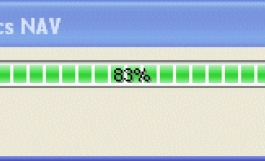How tos
How To use temporary table data on a subform?
- Author
- Ivan Drábek (alias The Geepz)
- Date
- 12/02/2008
- Size
- 13,92 KB
- Downloads
-
3286
Detailed statistics
- Downloads today 1
- 30 day downloads 26
- Total downloads 3286
- Overall download rank #231 / 2084
- Today page views 0
- 30 days page views 10
- Total views 30311
- Rating






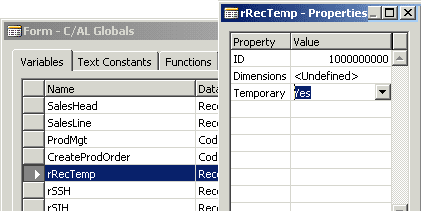
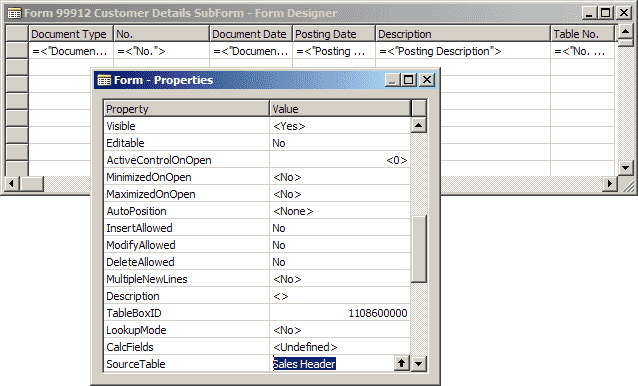
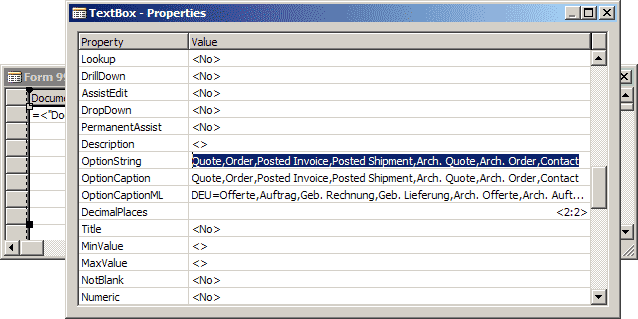
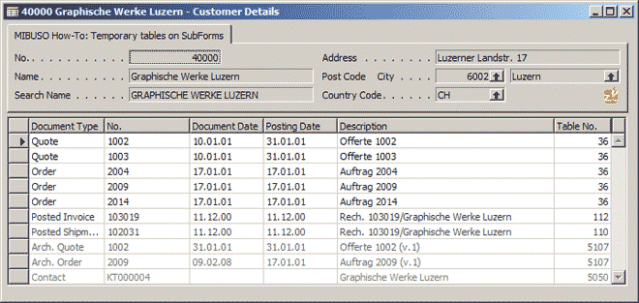 8. Navision objects
8. Navision objects